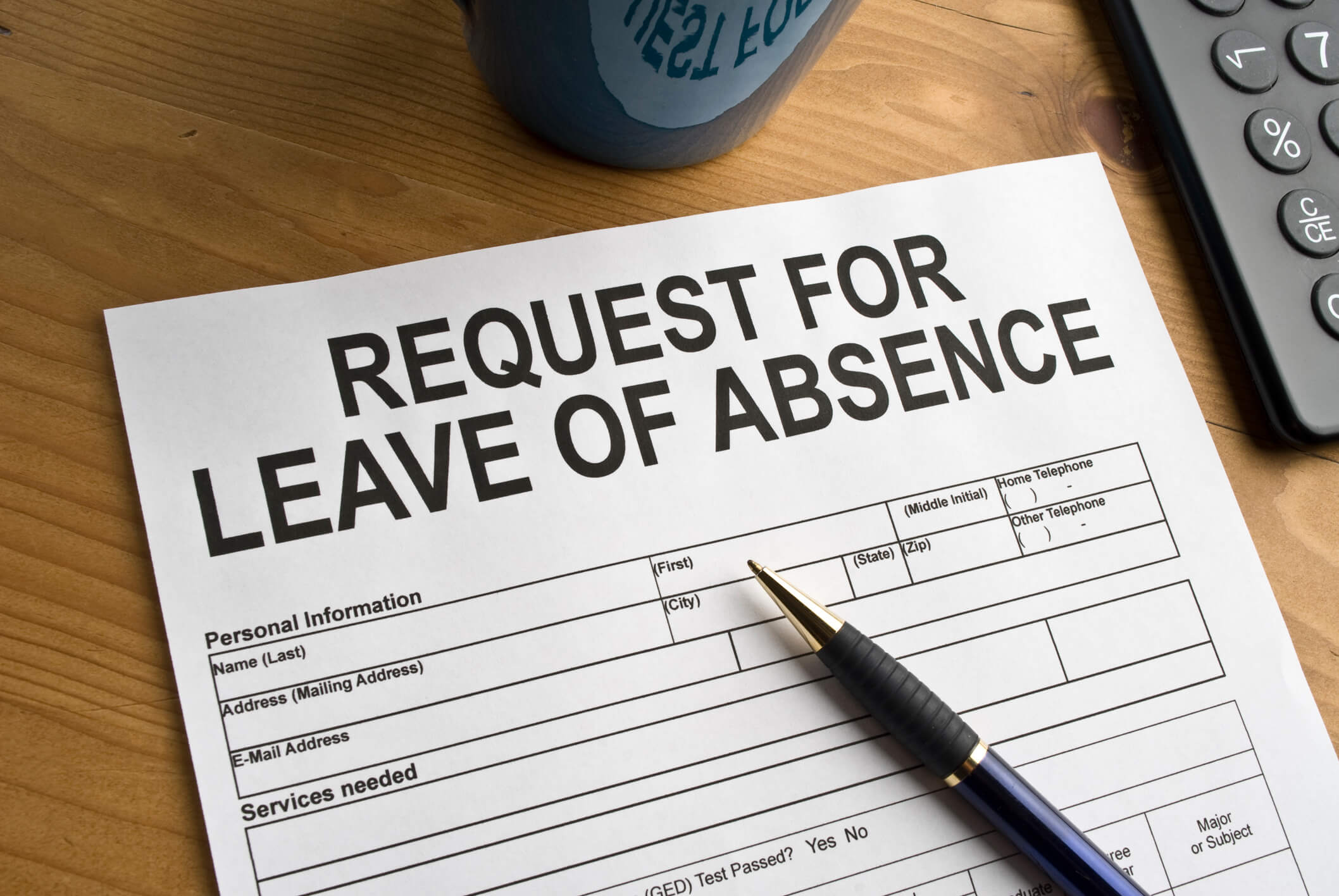Quick Hits
- Effective January 1, 2025, New York employers are required to provide up to twenty hours of paid leave during any fifty-two–week period for employees to receive prenatal care as part of Section 196-b of the New York Labor Law (NYLL).
- In response to the state’s requirement, New York City’s Department of Consumer and Worker Protection proposed amended rules, which were adopted on June 3, 2025, and will go into effect on July 2, 2025.
- New York City’s Earned Safe and Sick Time Act’s amended rules impose additional requirements beyond the state Paid Prenatal Leave Law, such as a required written policy, balance notification, and recordkeeping.
- The DCWP published an updated Notice of Employee Rights to include the right to paid prenatal leave.
Understanding Paid Prenatal Leave
The ESSTA’s amended rules provide that “paid prenatal leave” follows the state’s definition of “paid prenatal personal leave.” Section 196-b of NYLL defines “paid prenatal personal leave” as “leave taken for the health care services received by an employee during their pregnancy or related to such pregnancy, including physical examinations, medical procedures, monitoring and testing, and discussions with a health care provider related to the pregnancy.” The New York State Department of Labor released guidance in the form of frequently asked questions to assist employers in understanding and implementing the Paid Prenatal Leave Law. The DCWP also released similar guidance with respect to the ESSTA’s amended rules. Both the state and DCWP guidance clarify that only the employee directly receiving prenatal health care services may use paid prenatal leave, therefore excluding spouses, partners, or other support persons from such benefit.
Both Section 196-b of the NYLL and the ESSTA’s amended rules provide for up to twenty hours of paid prenatal leave during any fifty-two–week calendar period. This is in addition to the forty or fifty-six hours of paid sick and safe time under the ESSTA and other preexisting laws (depending on the employer size) or any other available leave options. Paid prenatal leave is also available to employees immediately upon a covered need, as there is no waiting period or required accrual.
Consistent with the state’s paid prenatal leave law, the ESSTA’s amended rules provide that employers cannot require employees to use other leave in lieu of paid prenatal leave, exhaust other leave before using paid prenatal leave, or use or exhaust paid prenatal leave before using other leave.
The ESSTA’s amended rules also make clear that employers are prohibited from requiring employees, as a condition of taking paid prenatal leave, to work additional hours to make up for the original hours for which such employee used paid prenatal leave or to search for or find a replacement employee to cover the hours during which the employee uses paid prenatal leave. However, upon mutual consent of the employer and employee, the ESSTA’s amended rules also provide that an employee’s schedule may be changed in lieu of using paid prenatal leave.
Additional Highlights of the ESSTA’s Amended Rules
Notice of Employee Rights: In adopting the DCWP’s proposed amended rules, the DCWP published an updated Notice of Employee Rights to include the right to paid prenatal leave. In accordance with DCWP guidance, such notice must be posted and provided to each employee.
Written policy: While the state’s paid prenatal leave law does not require employers to implement or maintain a written policy regarding such leave, the ESSTA’s amended rules require that New York City employers maintain a compliant written prenatal leave policy that addresses, at a minimum: (1) the availability of a bank of twenty hours of paid prenatal leave during any fifty-two-week calendar period that is separate from paid sick and safe time under ESSTA; (2) the employer’s policies regarding the use of paid prenatal leave, including any limitations or conditions the employer places on the use of paid prenatal leave; (3) notice practices and procedures involving paid prenatal leave; (4) documentation practices and procedures involving paid prenatal leave, including the employer’s policy, if any, regarding any consequences of an employee’s failure or delay in providing such documentation; (5) minimum increments for use of paid prenatal leave; and (6) a statement that the employer will not ask the employee to provide details about the medical condition that led the employee to use prenatal leave and any information received by the employer will be kept confidential. Such policy must be distributed to employees upon commencement of employment, within fourteen days of the effective date of any policy changes, and upon request by the employee.
Balance notification: Similar to the ESSTA’s balance notification for safe and sick leave, the ESSTA’s amended rules provide a paid prenatal leave balance notification requirement. Specifically, for each pay period in which an employee uses paid prenatal leave, the employer must inform the employee in writing of the amount of paid prenatal leave used during the relevant pay period and the total balance of paid prenatal leave available for use. This information can be provided either on the employee’s pay statement or in another form of written documentation provided to the employee. In contrast, the state’s paid prenatal leave law does not contain any balance notification obligations for employers. In fact, the state’s administrative guidance explicitly acknowledges that the law does not specifically require recordkeeping on pay stubs, but the guidance notes it is best practice to maintain clear records of available types of leave and amounts of types of leave used in a manner accessible to both the employer and employee.
Recordkeeping: While the state’s Paid Prenatal Leave Law does not provide specific instructions regarding recordkeeping, the ESSTA’s amended rules provide the following recordkeeping requirements: the date and time of each instance of paid prenatal leave used by the employee, the amount of money paid for each instance, the amount of paid prenatal leave used during the pay period, and the employee’s total balance of paid prenatal leave.
Employee notice: Under the ESSTA’s amended rules, employers can require that employees provide reasonable notice of the need to use paid prenatal leave. For foreseeable absences, the standard is not more than seven days’ notice. For unforeseeable absences, the standard is for an employee to provide notice as soon as practicable. Notably, the state’s paid prenatal leave law is silent on notice and the state’s guidance only provides that employees should use regular procedures for time off requests.
Documentation: The ESSTA’s amended rules allow employers to request reasonable written documentation from a licensed clinical social worker, mental health counselor, or other health care provider only if the employee’s use of paid prenatal leave exceeds more than three consecutive workdays. Employees have a minimum of seven days from the date of their return to work to provide their employer with the requested documentation. On the other hand, the state’s administrative guidance provides that employees are not required to submit medical records or documentation to their employer when using paid prenatal leave, and employers may not ask them to disclose confidential information about their health condition(s) as a condition to use paid prenatal leave. Therefore, New York City employers requesting documentation supporting the use of paid prenatal leave may run the risk of being found in violation of state law.
Minimum increments: The ESSTA’s amended rules permit an employer to set a minimum increment of “one hour per day for the use of paid prenatal leave as provided in labor law section 196-b(4-a).” While the state’s law provides that “[p]aid prenatal personal leave may be taken in hourly increments,” which appears to conflict with the ESSTA amended rules, the city may have intended to align with the state’s law given the reference to the relevant section of the NYLL and language providing that the one hour per day standard applies “unless otherwise in conflict with state or federal law or regulations.”
Potential Penalties
In addition to the DCWP’s investigatory and enforcement powers, under the ESSTA’s amended rules, employees or former employees may be eligible for various forms of relief in cases of paid prenatal leave violations. These include:
Underpayment of wages: Employees may receive the full amount of any wages owed, plus interest from the date of underpayment to the date of payment. Additionally, liquidated damages up to 100 percent of the total wages may apply unless the employer demonstrates a good faith belief that their payment practices complied with the law.
Prohibited retaliation: Employees subjected to retaliation may be entitled to appropriate remedies, such as injunctive relief, liquidated damages up to $20,000, reinstatement to their former or an equivalent position, and compensation for lost wages or front pay in place of reinstatement.
Civil penalties: Employers found in violation of one of the paid prenatal leave requirements may also face financial penalties, including:
- For retaliation: A civil penalty ranging from $1,000 to $10,000.
- For underpayment of wages: A $500 penalty per instance of failure to pay owed wages.
Next Steps
Employers with employees in New York City may want to review the ESSTA’s amended rules along with the state’s paid prenatal leave law and its related administrative guidance to determine how they will comply with both laws before the ESSTA’s amended rules are implemented on July 2, 2025, and be prepared to communicate leave policy changes to employees.
Ogletree Deakins’ New York office will continue to monitor developments and provide updates on the Leaves of Absence and New York blogs as additional information becomes available.
Follow and Subscribe
LinkedIn | Instagram | Webinars | Podcasts







